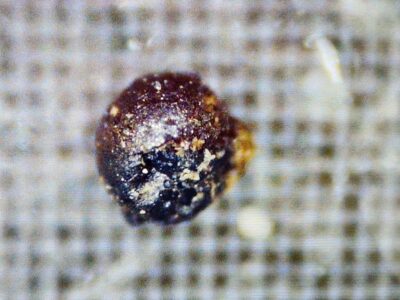
In Portuguese, fogo means fire, and for hundreds of years, Fogo volcano in the Cape Verde islands off Senegal has lived up to its name. It has spouted off every 20 years or so, at least as far back as 1460 when the Portuguese settled here. Nearly 20 years after its last eruption, in 1995, Fogo awoke on the Sunday after Thanksgiving. Within a week, it had buried two villages high in Fogo’s caldera – Portela and Bangaeira – under lava, leaving 1,200 people homeless.
If Fogo goes off so reliably, why were so many people living in harm’s way? Economic opportunity, says Ricardo Ramalho, a postdoctoral researcher at Columbia’s Lamont-Doherty Earth Observatory.
Ramalho has been studying the geology of Fogo and its neighboring islands for more than a decade. Over that time, he watched the caldera’s population boom. People came to raise grapes for wine making in the dry but fertile soils, and to capitalize on the influx of tourists following the 1995 eruption. Tourism brought demand for lodging, food and guides to lead day-long hikes up the volcano. The infusion of cash allowed locals to build their own homes. “It explains why so many more homes were destroyed this time,” he said.
On the first flight they could catch, Ramalho and his colleague, José Madeira, a geologist at the University of Lisbon, arrived in Fogo to see balls of fire exploding from Fogo’s crater, along with a fast-moving river of lava. Unlike the 1995 eruption, which Madeira witnessed, this eruption has varied from gentle lava flows to violent explosions of gases and rocks from different craters.
Ramalho and his colleagues monitored the eruption and worked closely with local scientists and officials to manage the crisis. Though the villagers refused to evacuate until it became clear their lives were threatened, everyone got out in time. Many had tears in their eyes as they walked away from everything they owned.
One villager, Zé António, an employee of the Cape Verdean volcano monitoring program who often hosted geologists working in the area, watched as the lava bulldozed his home. In the way that Capeverdians have overcome slavery, punishing droughts and other extreme hardships in the past, he said only: “Tomorrow is another day.”
Ramalho is now back at Lamont-Doherty, but he and his colleagues are in touch with Cape Verdean authorities as lava continues to advance, albeit more slowly.
All photos by Ricardo Ramalho unless otherwise credited.


















